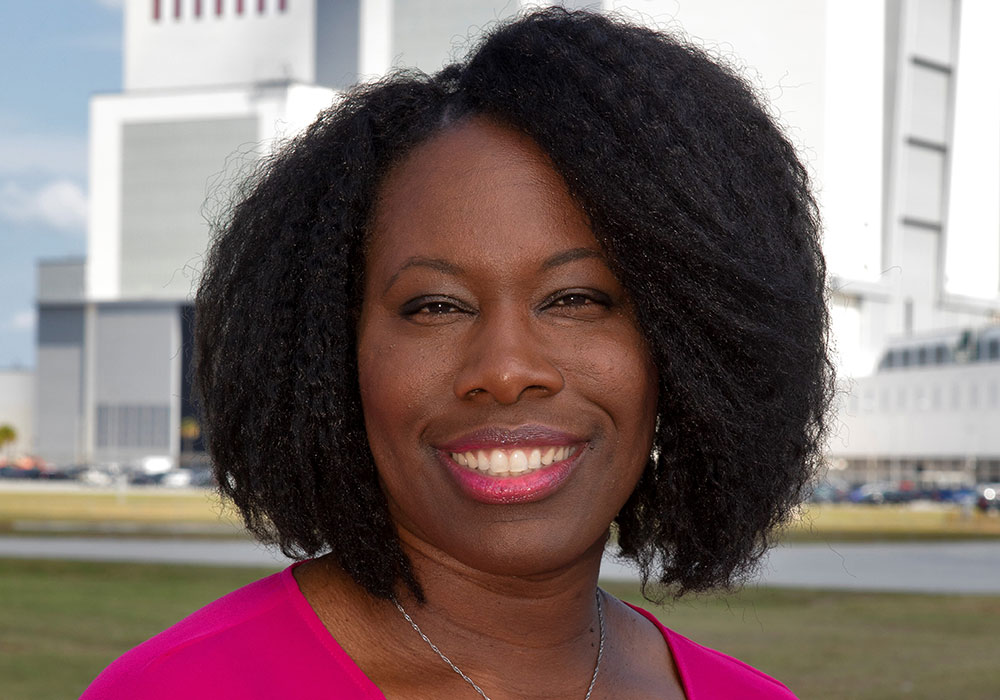In the spring of 1999, Tamiko Fletcher was finishing her sophomore year of college and working part time at the S.C. Department of Transportation. She hoped to land an internship for the summer, but she wasn't having much luck.
“I had been turned down by all three of the co-op programs that I had applied to, and when NASA came across my desk, I honestly didn't think I would get in,” says Fletcher, who earned her bachelor’s in computer engineering from the University of South Carolina in 2002. "I applied, but I was like, ‘They're not going to hire me. If South Carolina companies are turning me down, there is no way an organization like NASA is going to actually hire me, right?’”
Now, nearly 25 years later, she is still working at NASA, now as the chief information security officer at John F. Kennedy Space Center in Florida. She works to minimize cybersecurity threats to NASA’s ground systems, obtain visibility into cybersecurity operations and provide guidance for compliance with NASA’s cybersecurity standards and federal regulations.
When she started at NASA as an intern the summer after her sophomore year at USC, she worked as a computer engineer and learned the basics of cybersecurity. After graduating, she became an IT integrated product team lead, contract transition manager and staff analyst before getting the opportunity to work in cybersecurity again as the deputy chief information security officer.
Fletcher, who is originally from Manning, South Carolina, didn’t always have an interest in computer engineering, she says. When she was in high school, her brother built computers in the basement of his home, which inspired her to be a computer engineer.
When she started looking into computer engineering in 1997, she says, there was a big transition in how computer work was being done especially with talks about how to deal with the Y2K computer glitch.
“I had this interest in computers and wanted to really learn how to build a computer from the ground up,” she says. “I really wanted to get an understanding of the computer discipline or the computer engineering discipline as a whole, where I could do all things associated with IT and technology.”
I had been turned down by all three of the co-op programs that I had applied to, and when NASA came across my desk, I honestly didn't think I would get in. I applied, but I was like, ‘They're not going to hire me. If South Carolina companies are turning me down, there is no way an organization like NASA is going to actually hire me, right?’
Coming to USC and being in the computer engineering program helped her to become more self-assured and resilient.
“I recall one of my professors in software engineering saying, ‘If you don't pass this class, you might want to reconsider your major,’” she says. “And I was like, ‘Who says that No. 1? But secondly, I'm going to show him.’ And that's kind of the same attitude I have now. When an obstacle is presented in front of me, I'm going to figure out how to go above it, around it and get to the other side, and the university certainly prepared me for that.”
Over the years, she has been able to be a part of many amazing projects at KSC like the Shuttle Program, Office of the Administrator, launches for Artemis. She says there’s never a dull moment working in cybersecurity.
“I always tell people NASA does cool things, and I sit in meetings,” she jokes. “But I know those meetings are supporting the cool things that NASA does, and that really does keep me motivated.”
